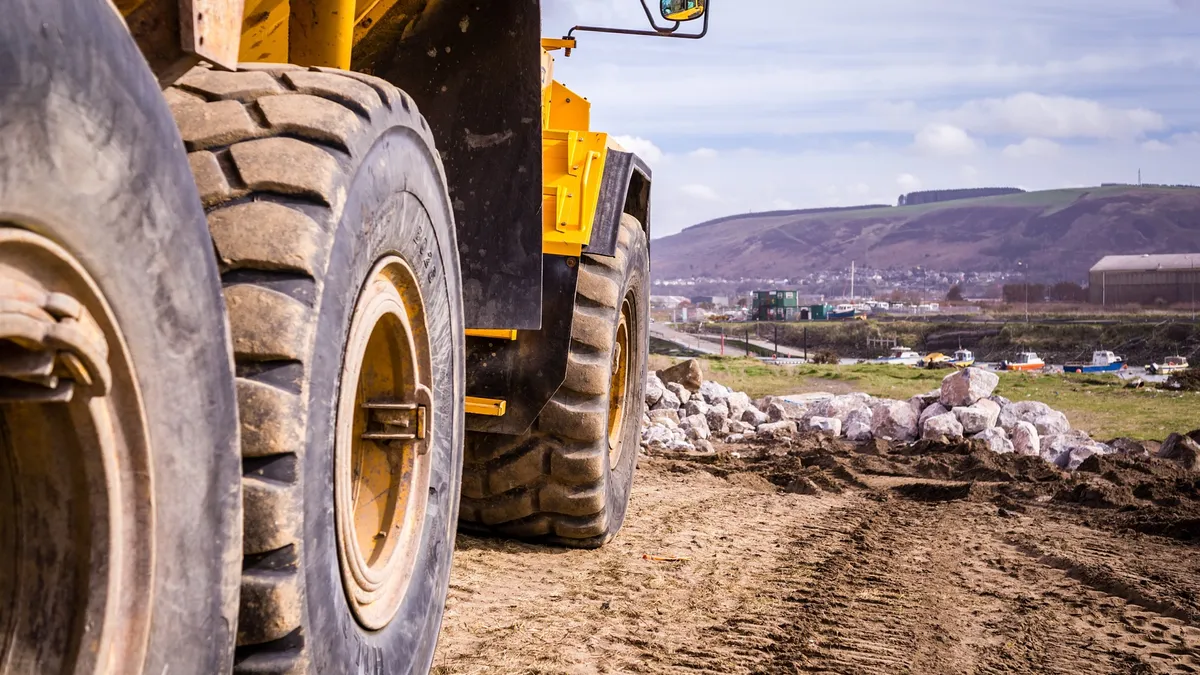While construction has struggled through a year of unprecedented challenges, it has also proven to be one of the country’s most resilient industries in light of the coronavirus outbreak.
Contractors have dealt with a range of challenges this year, including layoffs, government shutdowns, canceled projects and the increased costs of keeping sites open during the pandemic. For example, despite enjoying essential business status in most of the country, the construction industry still lost jobs across 58% of metro areas year-over-year through October, due to the broader impacts of the coronavirus pandemic, according to the Associated General Contractors of America this week.
“The pandemic has devastated the finances for businesses, institutions, and state and local governments, leading to widespread postponements and cancellations of construction projects,” said Ken Simonson, AGC’s chief economist, in the statement.
As bad as these numbers are, construction’s job performance relative to other sectors was a bright spot, with unemployment rates for construction lower in 20 states in September compared to February, according to the Associated Builders and Contractors.
“After many bumps and bruises, construction has proven to be one of the better performing sectors of the economy over a difficult period,” said Bernard M. Markstein, president and chief economist of Markstein Advisors, who conducted an analysis for ABC of construction’s recent employment performance through September.
These disparate views of similar data during overlapping periods illustrate the bifurcated impact of the COVID-19 crisis across the diverse $1.3 trillion construction industry. They also highlight how industry leaders have had to walk a tightrope between emphasizing the pandemic’s negative impacts in hopes of garnering more government relief for the sector, while simultaneously showcasing construction’s positive track record with the proactive intent of warding off any new government shutdown orders that could lie ahead.
Consider this nugget from the AGC’s release: Construction employment fell in 209, or 58%, of 358 metro areas between October 2019 and October 2020, while it was stagnant in 40 others. Meanwhile, only 109 metro areas — just 30% — added construction jobs during the same period.
Those bearish data points served as a launching pad for AGC CEO Stephen Sandherr’s comments encouraging lawmakers to get another relief bill passed soon, momentum for which has built on Capitol Hill this week.
“Construction employment is likely to continue falling in many parts of the country unless Congress quickly passes new coronavirus relief measures,” Sandherr said in the statement. “Boosting infrastructure projects, preserving the benefits of the Paycheck Protection Program and protecting businesses from predatory attorneys will help stabilize the economy and demand for construction.”
An uncertain future
At the same time, in the current environment where COVID-19 deaths have reached all-time highs, and states such as California are ramping up toward renewed regional stay-at-home orders and restrictions on nonessential businesses as ICU hospital beds fill at an alarming rate, the ABC’s release accentuated the positives of how construction has weathered — and acted responsibly throughout — the pandemic thus far.
“Construction has generally done a good job of taking measures to protect its workers from the risk of contracting COVID-19 in the workplace,” said Markstein, via the ABC’s release. “The impact on construction activity comes more from local increases in COVID-19 cases and efforts to contain these outbreaks.”
What it adds up to is an incredibly uneven impact, both by sector and geographically, across the construction landscape, one that has been both negative and positive at the same time.
On the one hand, the economic uncertainty caused by the pandemic has hit specialty areas of construction hard. Many hospitality, restaurant, retail, entertainment and office projects that were in the works prior to COVID-19 have been put on hold or canceled. Developers have had to recrunch their pro formas on those deals using the pandemic’s new algebra, the common denominator of which is that any project that promotes mass gatherings — such as malls, movie theaters, restaurants, hotels and entertainment venues — gets carried over into the negative column.
From that perspective, construction and its furloughed workers need more help — and fast.
On the other hand, the industry has been relatively fortunate. With its essential status, many projects which were underway at the start of the pandemic were permitted to continue, while providing much-needed jobs during a period when many workers in other industries found themselves on unemployment rolls.
For example, while the overall unemployment rate in the United States was at 7.7% in September, in construction it was 7.1%, according to data that accompanied the ABC release. That shows how construction’s essential status has helped the overall economy, while taking measures to protect workers at the same time.
And both views, given what passes for a rational approach to business — or life — during a pandemic that shows no sign of abatement before a vaccine is widely distributed next year, ring true.
In 2020, taking both a pessimistic and optimistic view on similar data seems to be a way to hedge construction’s wide-ranging bets.























